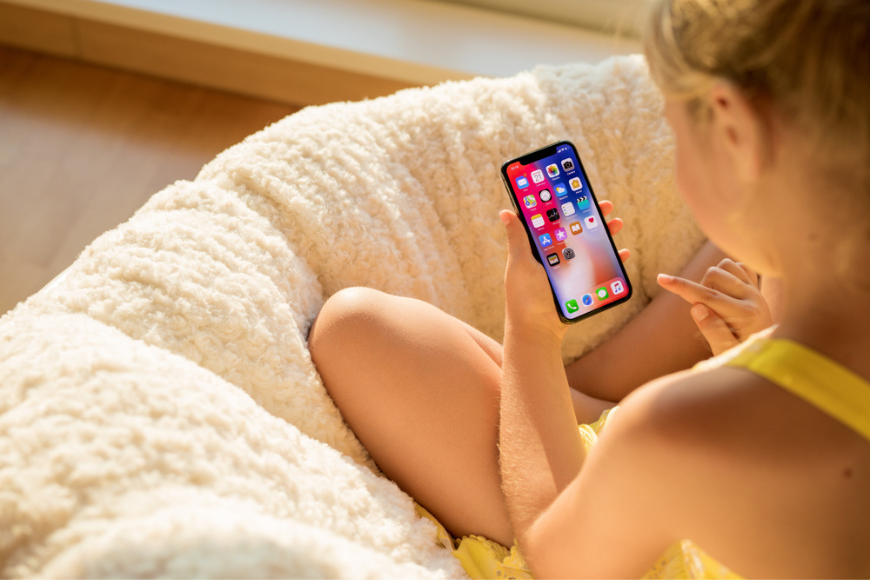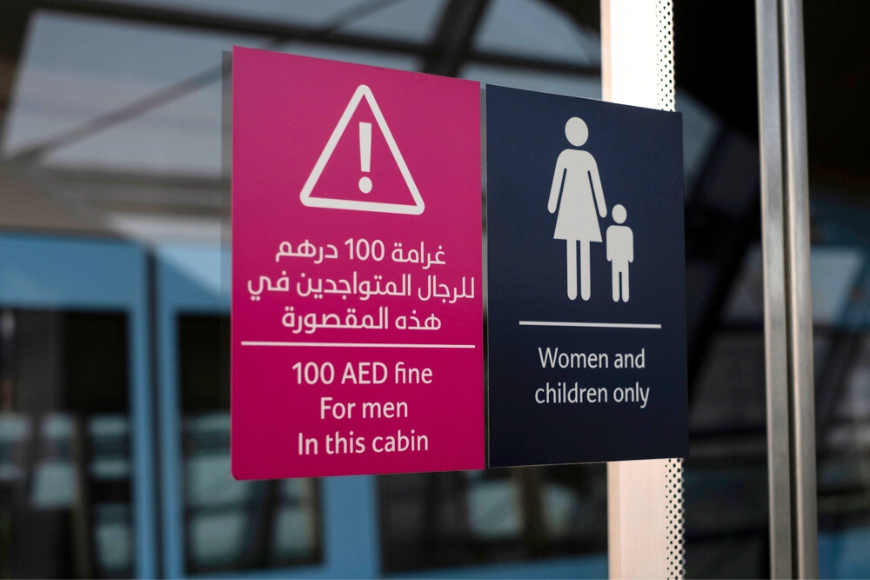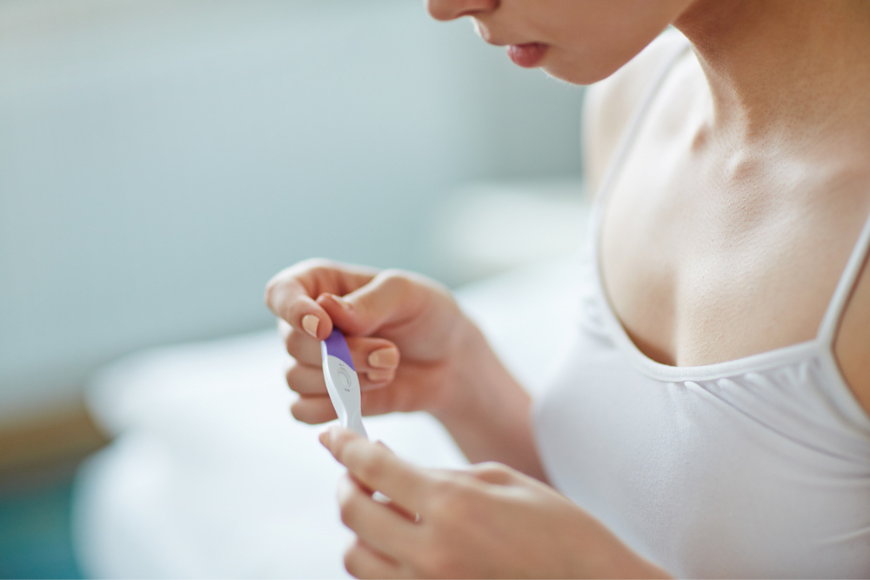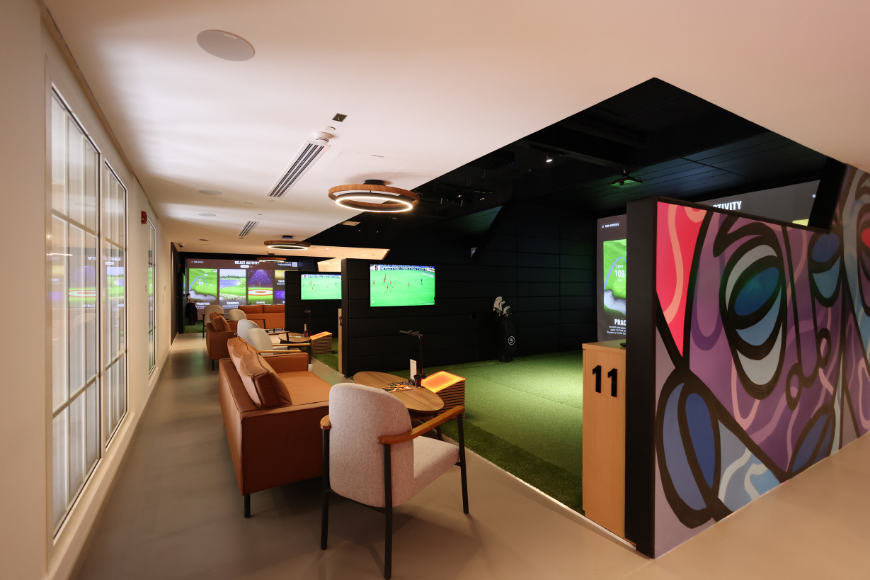Learning support
I am a Behavioural Optometrist who specialises in Paediatric Optometry and Visual Stress. Having worked with Children and Students in practice with range of visual and learning difficulties, Dyslexia and Dyspraxia. It is evident how these restrictions can affect performance in the classroom and during lectures.
Students are often referred to me for Visual analysis from SENCOs, Learning Support Assistants or Occupational Therapists.
‘The British association of Behavioural Optometrists is a network of highly qualified and motivated Optometrists with a special interest in how vision affects human performance. Children are usually born with the necessary hardware to allow development of normal sensory skills, but it takes a busy childhood of play, exploration and experience to develop and train the software that controls what we take in from the world. If this software is not established properly, it can result in problems with the visual system and therefore learning. If undetected these problems can continue into adulthood.’
Parents at our clinics have asked me whether the vision therapy sessions are able to be carried out remotely as they only visit the UK twice a year. These questions resulted in me starting to carry out Vision Therapy sessions via the IPAD App for families that live abroad. A visit to the UK during School holidays will be required for the initial assessment.
This service has allowed a seamless communication network between Teachers, Parents, Occupational Therapists and myself. Despite this new service we still carry out some assessments and Vision Therapy in our local clinic, allowing Parents to have the choice.
WHAT DOES THE INITIAL ASSESMENT INVOLVE?
1. Motor aspects of vision
2. Visual perceptual skills
3. Obtaining a developmental, medical and educational history
4. Measurement of the clarity of vision in both eyes (visual acuities) - with glasses if appropriate, using a near and distance Log MAR tests.
5. Binocular vision – this included convergence (turning the eyes in) measured using the RAF rule five times and then recording the average near point found, accommodation (focusing) using a push up techniques with the RAF rule over five measures and then recording the average, fusion (the ability to keep the eyes straight by joining the pictures from the two eyes) using prism bars at 33 centimetres and stereopsis (or depth perception) using the Frisby stereo test.
6. Eye movement control, including tracking as assessed by the Developmental Eye Movement Test as described by Garzia (1990).
7. Visual stress (or Meares-Irlen syndrome) analysis using the Institute of Optometry Coloured Overlays (Wilkins et al, 1992)
8. Visual perceptual skills (how the brain interprets visual information) using the Test of Visual Perceptual Skills non-motor - Upper Level (TVPS), Gardener, M. F. (1988)
9. Reading level – using the Test of Word Reading Efficiency (Torgeson et al, 1999, TOWRE assesses sight recognition and phonemic decoding) and the Wilkins Rate of Reading Test (RRT), Wilkins et al, 1996 and the Wide Range Achievement Test- 4 (WRAT-4) is used to assess word recognition and spelling in a non-timed test (Wilkinson and Robertson, 2006).
10. Reflex testing to ensure full integration.
Following initial assessment Vision Therapy may be recommended. Vision Therapy Sessions are often carried out every 2-4 weeks. The exercises given are then practised at home and monitored via my remote application on the iPad.
Once again thank you for taking the time to read my post and please do not hesitate to get in touch with any questions.
Many Thanks
Belinda
[email protected]




.png?itok=HBSyMDok)









































































.png)


























.png?itok=0fOAXkOm)

























.png?itok=EH_x0Pha)
